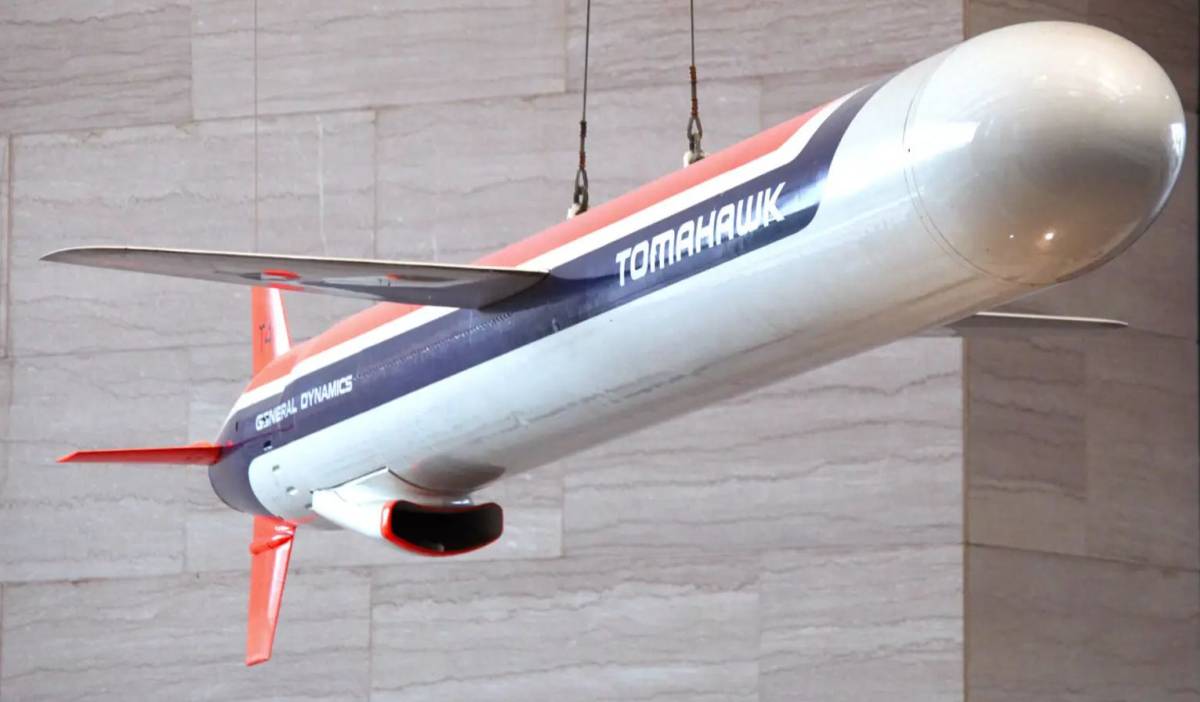1903 Views
The Tomahawk Gambit: Is Trump's "Peace Through Power" Strategy a Masterstroke or a Miscalculation?
In the new Trump era, the United States is striving to reassert itself as a global superpower and hegemon. The Trump administration seeks to project itself as the savior of nations and peoples across various regions, thereby reinforcing its legitimacy. In this context, the war in Ukraine presents a timely opportunity for Washington to pursue its ambitions through the exertion of power.
Before taking office, Donald Trump repeatedly vowed to end the war in Ukraine swiftly. At the time, he viewed negotiation and an economic deal with Moscow as the solution. He even expressed his willingness to meet with Vladimir Putin. However, now that he holds the presidency, Trump has realized that ending this conflict is far more complex than it appeared. His initial attempt, offering economic concessions to Russia, failed to ease tensions and consequently prompted the White House to adopt a new approach gradually.
Within this framework, one of Washington’s latest moves has been the decision to supply Ukraine with long-range **Tomahawk** missiles. Officially, the move is intended to pressure Moscow into negotiations; in reality, it represents a political gamble. The rationale is straightforward: Tomahawk missiles require sophisticated infrastructure for effective deployment—something the Ukrainian military currently lacks, which necessitates U.S. involvement in transferring launch systems and providing technical assistance, effectively deepening America’s direct role in the war.
Unsurprisingly, this decision has sparked a sharp reaction from the Kremlin. Russian officials have warned that such actions risk erasing the red lines between the world’s two leading nuclear powers. Moscow believes Washington’s move heightens the risk of confrontation, making a Russian response—military or economic—highly likely.
At the same time, Russia shows no signs of remaining passive under these pressures. The Kremlin has proven adept at wars of attrition, with a range of tools at its disposal—from the potential use of tactical nuclear weapons to leveraging energy exports to pressure Europe. Some analysts even suggest Moscow might challenge NATO’s borders or conduct sabotage operations in countries like Finland or Estonia to increase the West’s costs of continuing the war.
Meanwhile, serious divisions persist within the United States and the broader West regarding this policy. Some experts and media outlets argue that arming Ukraine is not merely a political choice but also a moral duty. *The Washington Post*, for instance, contends that raising the costs of war for Russia could push Putin toward compromise—and that the U.S. should not self-impose limits in this pursuit.
Conversely, outlets such as *The New York Times* warn that deploying advanced weapons like Tomahawks risks drawing America into a confrontation with Russia—one that could prove catastrophic and impose severe political and economic burdens on Washington.
Clearly, there is no consensus in Washington on the best course of action in supporting Ukraine. Some advocate military pressure as the path to peace. Others view it as a perilous gamble that could further destabilize the global order. Either way, the Trump administration’s new Russia-Ukraine strategy represents a serious test—one that will shape not only bilateral relations but also the trajectory of a war that continues to cast its shadow over Europe.
Additionally, there are operational uncertainties regarding the quantity of these missiles, their launch systems, and deployment priorities. The Trump administration has yet to disclose how many Tomahawks will be provided, noting that replenishing stockpiles would be time-consuming and could undermine U.S. strategic readiness. Washington relies on these missiles for global power projection, and their sensitive guidance systems demand precise logistical and targeting support from U.S. personnel, which raises significant security concerns over their storage and use by Ukraine.
The Kremlin has openly questioned whether American military staff will be directly involved in launch operations—hinting that any such involvement could justify Russian retaliation against what it perceives as NATO-linked assets in Ukraine. Deploying a weapon of such strategic importance on Ukrainian soil thus requires extreme caution, as even a single misstep could have irreversible consequences for the West.
Ultimately, Trump appears to be pursuing a policy of *peace through strength*—raising Russia’s costs to convince Putin that continued resistance will only further weaken his position. Should this strategy succeed, it would mark a significant strategic win for Washington, allowing it to shift more focus toward containing China.
In this light, supplying Tomahawk missiles to Ukraine seems less a practical military move and more a *line in the sand*—a symbolic show of resolve aimed at shaping negotiations through strength and reciprocal concessions. Time will reveal whether this approach leads to genuine peace—or merely another escalation in an already volatile conflict.
Translated by Ashraf Hemmati from the original Persian article written by Mohammad Mehdi Esmaeil Khaniyan
Trump Says He May Give Tomahawks to Ukraine. Is He Bluffing? - The New York Times
Trump, Putin to meet: Will Ukraine get US Tomahawks or not? | Russia-Ukraine war News | Al Jazeera

Comment
Post a comment for this article